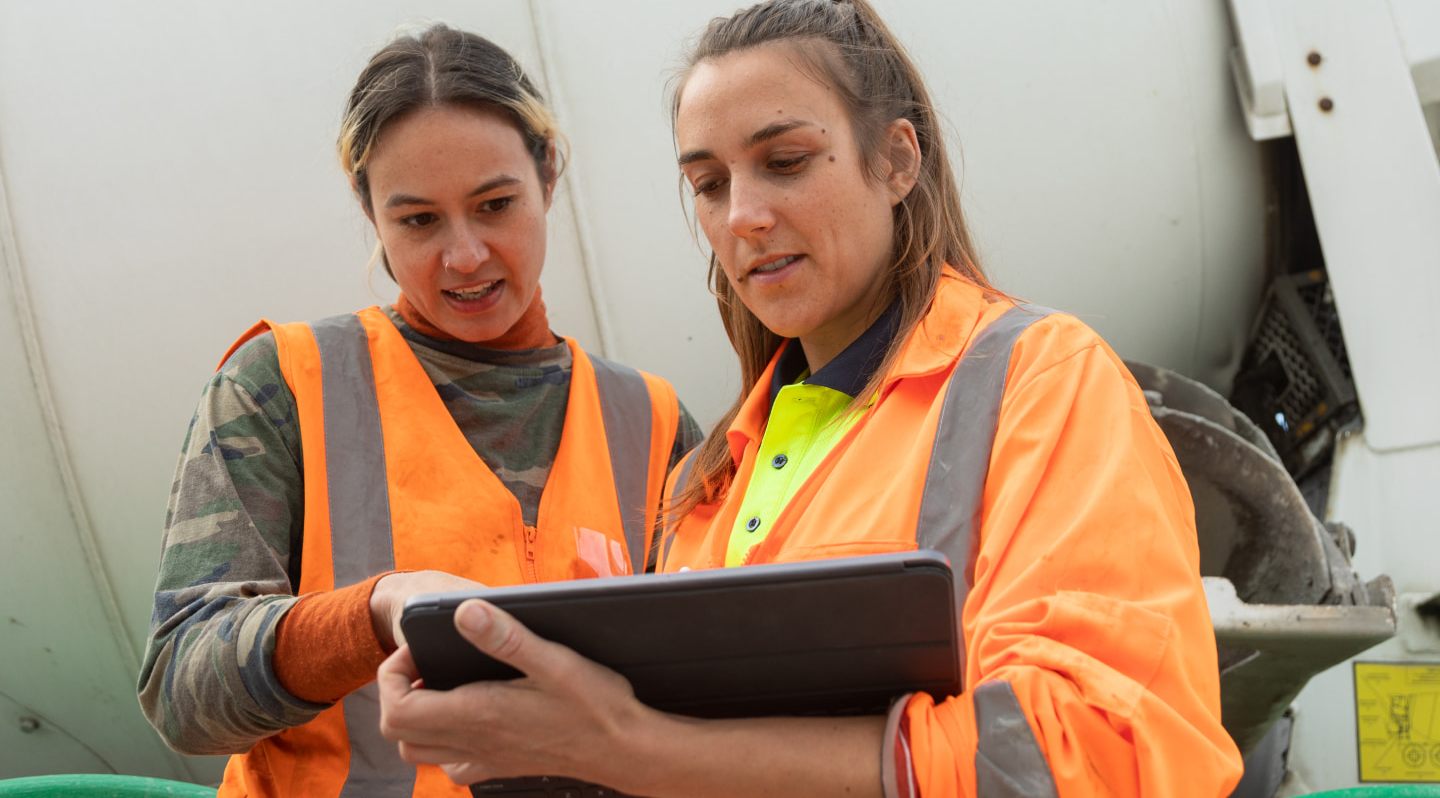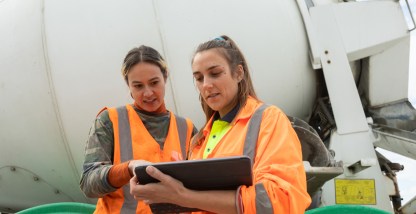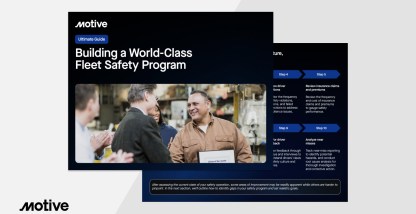The costs of commercial vehicle crashes are higher than ever. In addition to the cost of human life, crashes cost an average of $148,279 with an injury or $7.2 million with a fatality. Long after an incident, fleets face higher insurance premiums, damaged reputations, and trouble hiring and retaining fleet drivers.
That’s why smart fleets are getting proactive about safety. And one of the best ways to go about it? By developing coaching programs to improve fleet driver behaviors. After all, even the most experienced drivers can pick up unsafe habits over time. They don’t always notice that they’ve gradually decreased their following distance or developed a lead foot.
That’s where blending AI-powered dash cam video with a strong coaching program can help. Video can show drivers their behavior, while coaching provides opportunities to instill better habits and connect the behavior with what’s at stake. For example, coaching provides an opportunity to share with drivers learnings like:
- Driving after being awake for more than 20 hours is the equivalent of driving with a 0.08% blood-alcohol concentration.
- Fleet drivers with a speeding violation are 47% more likely to have a future crash.
- Recognition errors (including inattention, distractions, and inadequate surveillance) cause 41% of all accidents.
Combining technology with a coaching program pays off. A Motive study found that fleets using its AI-powered dash cams plus frequent coaching saw, on average, 22% fewer accidents and 56% fewer unsafe driving incidents than fleets that did not use dash cams and didn’t coach. As a result, fleets that invested in safety programs saw up to a 10x return on investment in their first year.
Let’s look at how blending in-person, remote, and automated coaching can improve fleet driver behavior and overall fleet safety.
How to conduct in-person safety coaching
No matter how good remote technologies get, in-person coaching will long have a role in strong safety programs. When you’re face-to-face with a driver, you can make eye contact and pick up on body language. These interpersonal cues can help you gauge if the message is getting through and how it’s being received. Strive for clear, consistent communication that resonates.
In-person coaching is especially helpful in building relationships and trust with new team members. This takes time, but it’s well worth the effort. Strong relationships can improve fleet driver retention.
When a new person joins your team, aim to have a couple of in-person coaching sessions as part of their onboarding and orientation. Use this time to get to know them while sharing company policies and expectations.
In-person coaching is also practical when a driver’s role changes to include new routes or equipment. Periodic check-ins for continuous training and refreshers are vital. So is corrective action for specific behaviors or skills.
If possible, try to schedule a regular in-person coaching session with each team member. Depending on your team’s size and geography, and each driver’s level of safety, this may be just once a year. If you’re able to, aim to get together at least quarterly, or more often for newer drivers.
How to conduct remote safety coaching
Sometimes an incident demands more immediate attention. If a driver has a near-miss, you want to discuss it within a couple of days, not wait three months for your next in-person session. This is where remote coaching can be so valuable, especially for far-flung teams.
Remote coaching can occur via phone or video chat, whether it’s FaceTime, Zoom, or another platform. It’s a great way to connect with fleet drivers one-on-one without needing to be in the same place. Remote coaching can reinforce things you’ve discussed during in-person sessions or provide a convenient way to address new incidents or questions.
Don’t try to jump into remote coaching too quickly after an incident if emotions are still running high. Take some time to make sure you’re putting things into the proper perspective.
When does a fleet driver need remote coaching?
How do you know when a driver needs remote coaching? You can schedule periodic check-ins, or use Motive’s AI coaching workflow to identify incidents that merit a conversation.
Rather than requiring you to review hundreds of hours of dash cam footage, Motive’s AI automates the process, adding context and scoring each incident for severity. The coaching workflow in the Motive Fleet Dashboard helps focus your efforts on the most important incidents.
For example, if Motive notifies you of a driver’s near-miss, watch the video. Then watch it again. What do you see? Was your driver in the wrong, or did they take proper defensive action?
If your fleet driver was in the wrong, you’ll need to address it, but do so calmly. Make sure you’re prepared to explain how the driver erred and offer proactive steps for improvement.
Before the session, send the video to the driver and ask that they review it before you meet. (The driver can see the footage right in the Motive Driver App.) When you meet, make sure you’re both in a quiet place where you can talk uninterrupted. Watch the video together, then discuss it. Ask what the driver thinks and if there’s anything they wish they would have done differently.
But don’t limit remote coaching to correcting driver mistakes. If your driver narrowly avoided an accident thanks to their quick thinking and defensive driving, coaching the situation is just as valuable. Even a quick text with a “nice job” can reinforce their behavior. Share these types of positive incidents with the entire team.
How to use automated safety coaching
Automated coaching is ideal for keeping fleet drivers engaged with your safety program day-in and day-out. Over time, automated coaching helps drivers continue their development with more privacy and autonomy.
Some of the best drivers earn their reputations because they proactively monitor their actions and seek continuous improvement.
With automated coaching, in-cab alerts can notify drivers of unsafe behaviors in the moment, allowing them to correct unsafe behavior in real time. Video clips shared with drivers through the Motive Driver App let drivers review their own footage before discussing it with a coach. And the Motive Driver App can send automated coaching tips directly to drivers, helping them continue to improve without involving their manager. An approach like this saves time for everyone.
Automated coaching keeps coaching top-of-mind for fleet drivers, reminding them of safe habits you may have previously discussed with them while giving them opportunities to improve. In a large, dispersed fleet where you may only be able to meet a couple of times a year, automated coaching helps fill the gaps and facilitate steady growth.
How Motive can help your coaching program thrive
When you blend AI Dashcams with a dedicated coaching program, your team can enjoy fewer accidents, safer fleet drivers, and lower costs. Download our comprehensive guide to building a coaching safety program (which includes the most common coachable issues), then request a demo to get started.










